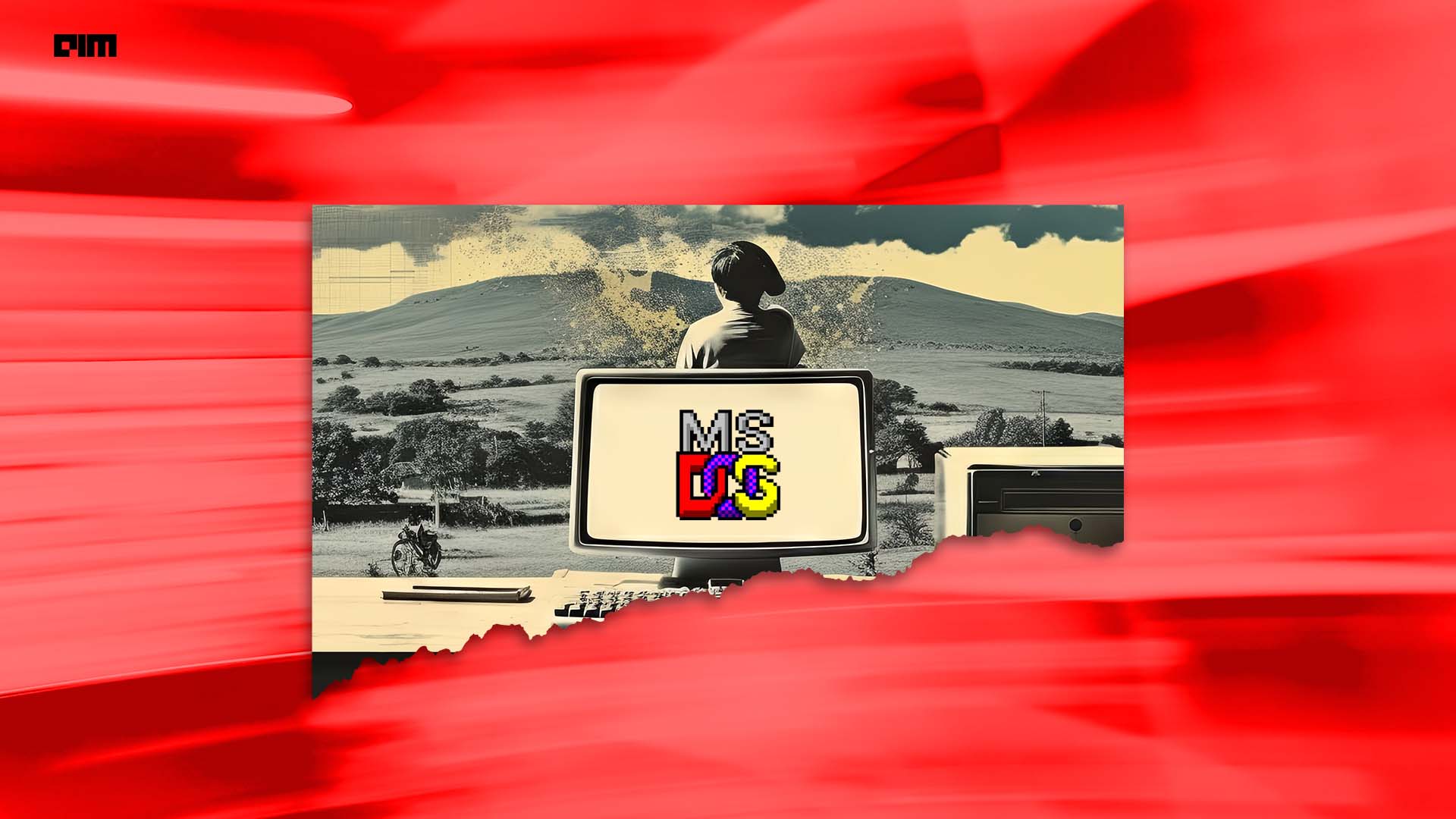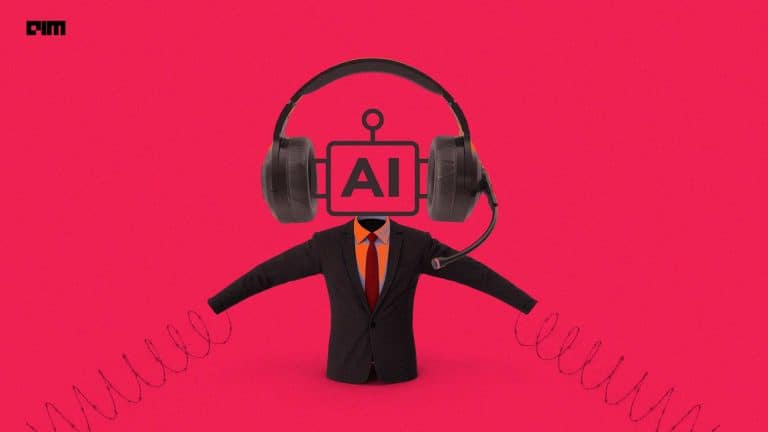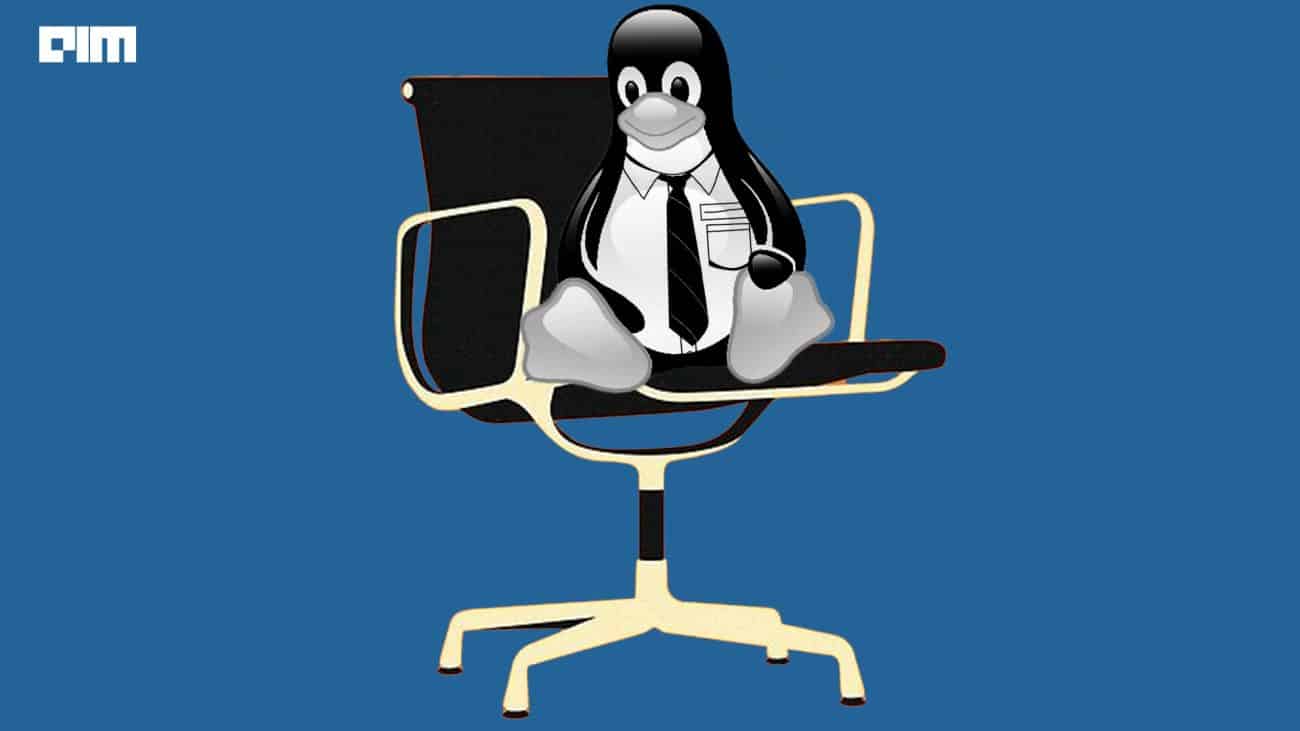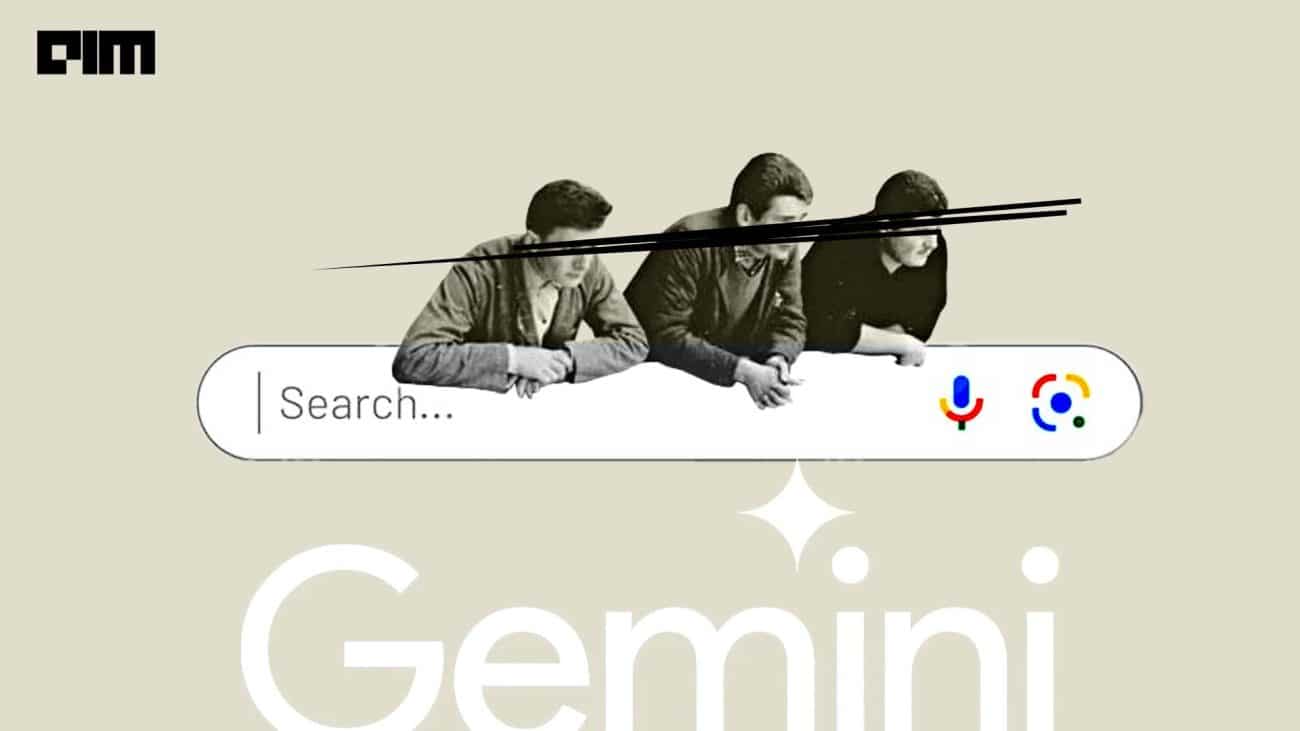|
Listen to this story
|
It is hard to imagine what today’s operating systems will mean to developers 37 years in the future. Going back 37 years to 1986, when MS DOS version 4.0 was released, computers were less complex and more open to modifications at a fundamental level.
Microsoft, embracing the open source movement, released version 1.1 and 2.0 in 2014. Last week, the company, along with IBM, which was closely associated with building the 4.0 version of DOS, made the source code available on GitHub.
Open sourcing MS-DOS 4.0 // fun to see. This might underplay the confusion and lack of success of 4.0 which was a weird release that was based on the 2.0 code and didn’t offer much for the 386 processor that was already working through new PCs. It was even confusing to OEMs who… pic.twitter.com/go3gHwTIul
— Steven Sinofsky (@stevesi) April 26, 2024
The open source release also included the beta build and scanned documentation of MT-DOS 4.0 built primarily by Microsoft. MT-DOS introduced multi-tasking, which allowed certain programs to run in the program. This version didn’t see commercial release but was quickly overshadowed by OS/2 which improved upon the feature.
Microsoft claims to have ‘lost’ its source code.
It was unearthed by Connor ‘Starfrost’ Hyde, who discovered unreleased beta binaries of DOS 4.0 among former Microsoft CTO Ray Ozzie’s collection.
He worked to publish the code on GitHub along with Scott Hanselman, the VP of developer community, and Jeff Wilcox, head of OS programs office, who reported they will “continue to explore the archives and may update this release if more is discovered”.
In 2001, Bill Gates announced, “Today it really is actually the end of the MS DOS era.” DOS, which ran underneath Windows 3.1, Windows 95, and Windows 98, was being replaced by Windows XP.
At the time of the announcement, DOS was running on over 400 million PCs worldwide.
But the popularity of vintage games built on DOS has retained old timers and children. There are plenty of games still being released on DOS barring the limitations of memory management.
Developers, who reminisced about the time they worked with DOS, were enthusiastic about experimenting with the release and found a few inconsistencies in it.
Hackers and tinkerers who grew up with DOS are eagerly digging into the source code, reliving their early computing experiences. As one HackerNews user exclaimed, “Holy cow, this is huge! DOS 1.x and 2.x are too old to run a lot of vintage DOS software, but 4.x would run just about everything.”
Nostalgia and the present!
The average person doesn’t often come in contact with systems run on DOS. Apart from George RR Martin, who wrote A Game of Thrones books on DOS, the US Navy that used it till 2011, or old-time nerds who are the market for DOSBox to play retro video games on, the operating system is practically defunct.
George R.R. Martin writes A Game of Thrones in the DOS word processor WordStar 4.0 pic.twitter.com/bVumMzaFM9
— Retro Tech Dreams (@RetroTechDreams) August 24, 2023
Right after the open source release, developers took to social media to discuss the times they spent working on DOS when alternatives were sparse. While modern operating systems are complex and allow a wide range of functions, they’re more closed and secure.
A user wrote, “They (kids) can play with code in various sandboxes locally and on the web, but the computer fundamentally belongs to someone else today.”
Although slow with less memory, the device would allow for programming in languages like C to directly compile on the device itself, and modify the core software.
This is in contrast to many modern systems, which often restrict such low-level access to enhance security and stability.
Using the source code, one developer built his own version of the DOS. Though he mentioned the difficulties in compiling the code, he successfully demonstrated running various commands and utilities, showing the functionality of the built operating system within the FreeDOS environment.
Bryan Lunduke, a former software engineer of Microsoft, who attempted to compile the source code, found that several files, including GETMSG.ASM and USA.INF, were “mangled” and could not be properly compiled.
A software engineer and historian, Michal Necasek, who runs the OS/2 Museum blog, found that shoving the source code into GitHub caused irreversible damage, such as loss of timestamps and corruption of files that used code page 437 characters.
Necasek argued that for practical purposes, old source files should be treated as binary and must be preserved without modification. These changes raise concerns about the integrity and historical accuracy of the released source code.
Despite the issues with the release, many in the community are excited to dig into this piece of computing history.
As one developer commented on HackerNews, “Even just seeing some of these filenames is a major blast from the past! Love it,” listing off familiar file names like ‘CPY.BAT’, ‘MAKEFILE’, ‘RUNME.BAT’, and ‘SETENV.BAT.’
The Future is Retro
While the released version of MS-DOS 4.0 may not have much practical use today, the publicly available source code has allowed hackers to explore the inner workings of the operating system that defined their early computing experiences.
Another user shared, “I never thought I would be able to build DOS from scratch, but here we are!” The real value is in preserving this important part of the history of personal computing.
Jim Hall, the founder and project coordinator of FreeDOS, explained that the move to use the MIT licence allows developers to freely study, modify and distribute the code.
Modern developers’ fascination with retro computing extends beyond MS-DOS, as seen in the rise of retrocomputing. One user on X posted, “We completely missed out on the days of programming in C for MS-DOS back when things were so much simpler.”
Engaging with classic operating systems’ source code and retro media allows developers to gain insights into computing’s evolution, informing future innovations.
The series ‘Fallout’, for instance, draws inspiration from vintage technology, MS-DOS 4.0 release exemplifies this retro revolution, inspiring a new generation to embrace the hacker legacy.
Bojan Tunguz aptly said, “The future is here and it’s totally retro.”
The future is here and it’s totally retro. pic.twitter.com/tBOcMpFZxv
— Bojan Tunguz (@tunguz) April 30, 2024



































